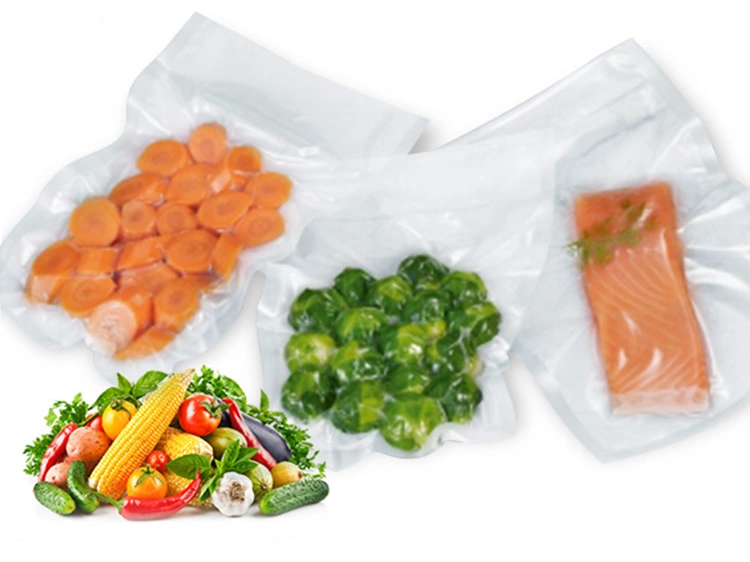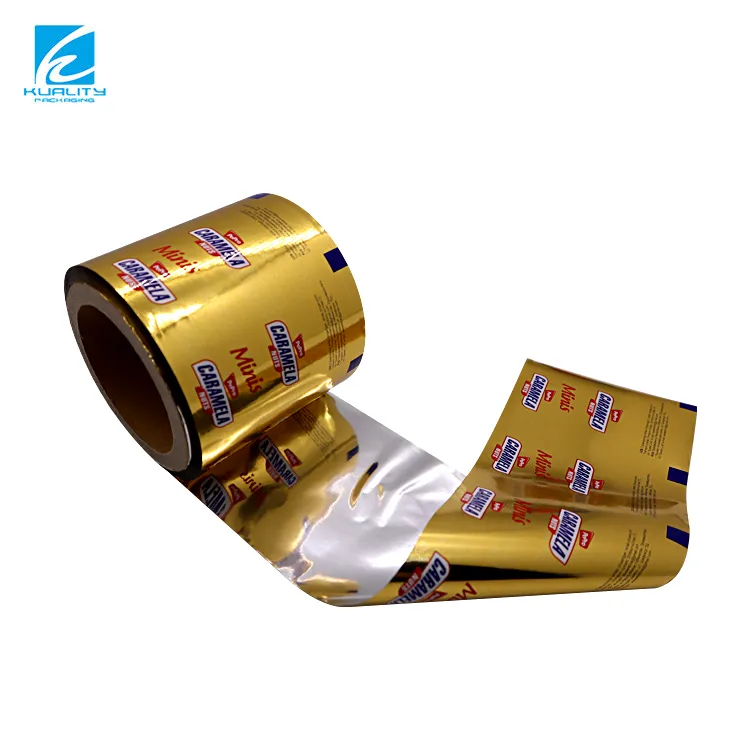
Frozen food packaging bags in the selection of packaging materials, first of all, to study the impact of frozen food in the main components, especially the impact of fat, protein, vitamins, and other nutrient-sensitive factors, including light, oxygen, temperature, micro-organisms and physical, mechanical mechanics of the impact of factors. Then according to the contents of the food protection requirements, transportation environment, etc., determine the type of frozen food packaging bags and packaging process technology operation, to achieve the protection function and appropriate extension of the storage period.
Huiyang Emballage will take you through all the critical factors that affect frozen food packaging and also provide valuable insights into how to protect your products while balancing cost and performance.

Hygiene: Food Safety Above All
From a safety point of view, direct contact with food packaging materials, such as plastic bags must reach the food grade. Due to the frozen food packaging and transportation process, it is often difficult to ensure that the whole process is in a coherent low-temperature environment, especially in the transfer and handling process, which is likely to cause the temperature of the frozen food in a period will occur significantly higher, if the material is not passed, it is easy to breed bacteria.
Recycled materials or industrial-grade materials made of packaging appearance and food-grade materials made of packaging are not very different, but due to the presence of excessive plasticizers and other substances, once used, will cause great harm to human health.
Cold Resistance: A Must for Frozen Food Storage
Frozen food is usually stored and circulated at -18℃ or lower, especially the part of the frozen food with trays, the production process is usually food and trays together at -30℃ a little bit under the conditions of rapid cooling, until the center of the product temperature below -18℃, and then packaged.
In the case of a sudden temperature drop, the mechanical strength of the packaging material also decreases, resulting in the fragility of the packaging material. Moreover, frozen food will inevitably suffer from a variety of environmental hazards such as impact, vibration, pressure, etc. during transfer and transportation. In addition, frozen foods such as soup dumplings and dumplings have a hard texture at low temperatures. It is easy to cause rupture and cracking of the bag. This requires custom frozen food packaging materials with good low-temperature performance.
Resistance to Impact: Protection against Product Damage
Frozen food, mostly meat and fish, is prone to puncturing and other kinds of damage while in transit and during handling. High impact resistance in frozen food packaging bags means that the product is safeguarded against any kind of external forces that could damage the seal and contaminate the product or vice versa. The impact resistance of the bags should be tested to ensure they can withstand rough handling.
Heat Sealing Strength: Maintaining a Tight Seal
If the heat sealing strength of frozen food packaging bags is not enough or false seal, a slight impact can cause the seal to crack; if the heat sealing temperature is too high, it is easy to leads to damage to the heat sealing layer, so that the sealing line at the weakening of the strength of the material, once subjected to strong vibration or impact, it is very easy to cause the bag broken and a large area of the rotten bag phenomenon can not be realized on the inside of the effective protection of food.
Tensile Strength, Interlayer Peeling Strength
If the frozen food bags peeling strength between the layers of small, insufficient pull-off force, the mechanical properties of the bag are poor, easily cause bag delamination, and can not achieve the desired load-bearing role, resulting in a reduction in the protective properties of the bag, greatly shortening the shelf life of the contents of the food.
Puncture Resistance: Guarding Against Sharp Objects
Frozen food is generally hard after freezing, especially fish, and meat products, containing bones and hard objects, transportation and stacking process of the product is subject to extrusion is easy to puncture the bag, so the sealing of the frozen food packaging bags was damaged, so the frozen food bags of puncture resistance requirements are very high.
Compression Resistance: Withstanding Vibration and Impact
Vibration, impact, and compression are very common during transportation. These forces will compromise the packaging of frozen foods if the materials are not designed to withstand such forces. The packaging should be subjected to vibration and fall tests to ensure that the product inside is not damaged and the packaging remains intact.
Sustainable Packaging Options
Due to increasing demand, there is an upsurge of companies moving towards using either biodegradable or recyclable materials in packaging frozen food. Furthermore, more consumers have started taking note of packaging being in environmental concert with nature. Using compostable frozen food packaging or biodegradable frozen food packaging helps in minimizing waste besides offering extra attraction for your brand within a sustainability-minded market.
.webp)
.webp)

FAQs on Frozen Food Packaging
What is the best packaging material for frozen foods?
The best packaging materials for frozen foods are those that offer very good cold resistance, impact resistance, and puncture resistance. Materials such as multilayer composites, polyethylene, and biodegradable films with cold-proof properties are ideal in maintaining the quality of frozen products.
How to choose the right packaging for small-scale businesses in frozen foods?
Frozen food packaging for a small business should balance the cost and quality of small businesses. Three-sided seal bags or back-sealed custom frozen food packaging solutions are practical and cost-effective, offering good protection and easy storage. You can also consider insulated packaging for frozen food to get better temperature control.
Why is custom frozen food packaging an excellent choice for businesses?
Frozen food custom packaging can be designed according to your brand needs. That means you will design the features needed to make it uniquely recognizable for branding, easy-to-open seals, and extra protection from environmental factors. It also allows you to use sustainable materials and optimize them for transport efficiency.
Can frozen food packaging bags be environment-friendly?
Yes, there are many types, such as compostable frozen food packaging and biodegradable frozen food packaging. Both are great methods that help reduce environmental impact and have the sufficient protection that frozen food requires.
How do machines for frozen food packaging help in the production process?
Frozen food packaging machines automatically seal and package the product for better efficiency and higher consistency in quality. It can deal with many different types of pouches, including stand-up pouches and three-side seal bags, and also can be installed with airtight sealing and labeling equipment.
Konklusion
Packaging for frozen foods has to be carefully selected to ensure that the products remain fresh, safe, and acceptable to consumers. Your packaging, which marries hygiene with cold and impact resistance and also adds sustainability, can elevate your brand while offering maximum protection to frozen food during transit. Be it custom frozen food packaging for your enterprise or packaging variants for frozen food products, the right solution makes a huge difference in the success of your product.
